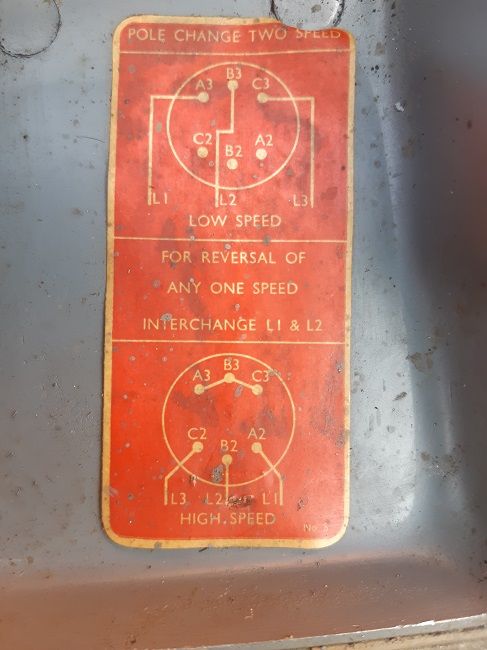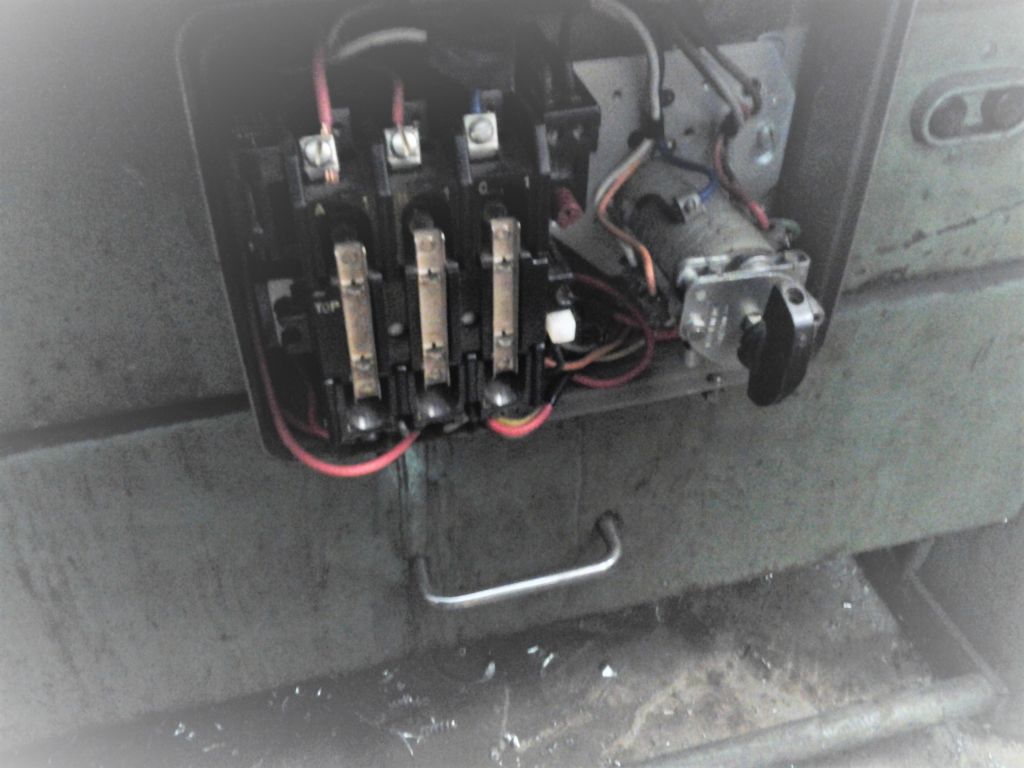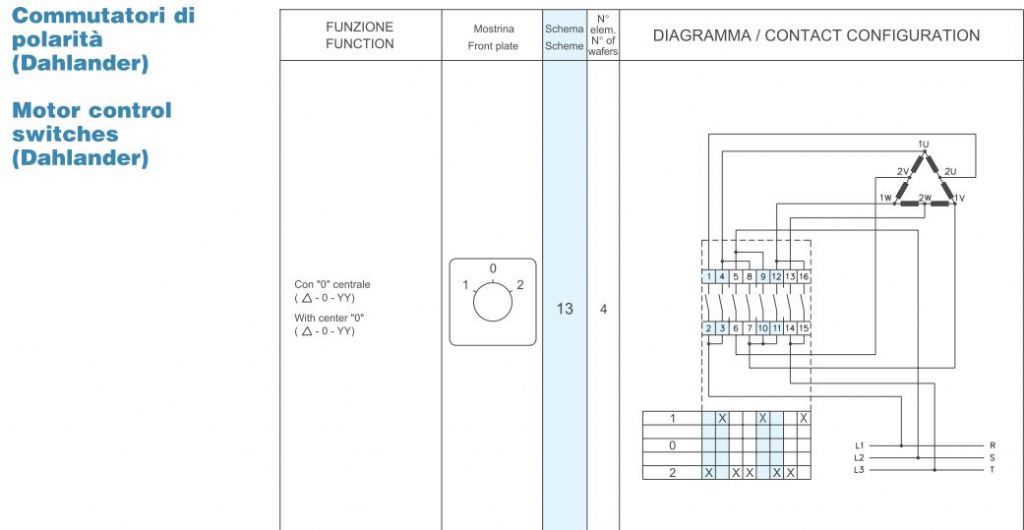Switch gear for 2 speed motor
Switch gear for 2 speed motor
- This topic has 76 replies, 14 voices, and was last updated 20 September 2020 at 18:30 by
Tom Walker 1.
- Please log in to reply to this topic. Registering is free and easy using the links on the menu at the top of this page.
Latest Replies
Viewing 25 topics - 1 through 25 (of 25 total)
-
- Topic
- Voices
- Last Post
Viewing 25 topics - 1 through 25 (of 25 total)







